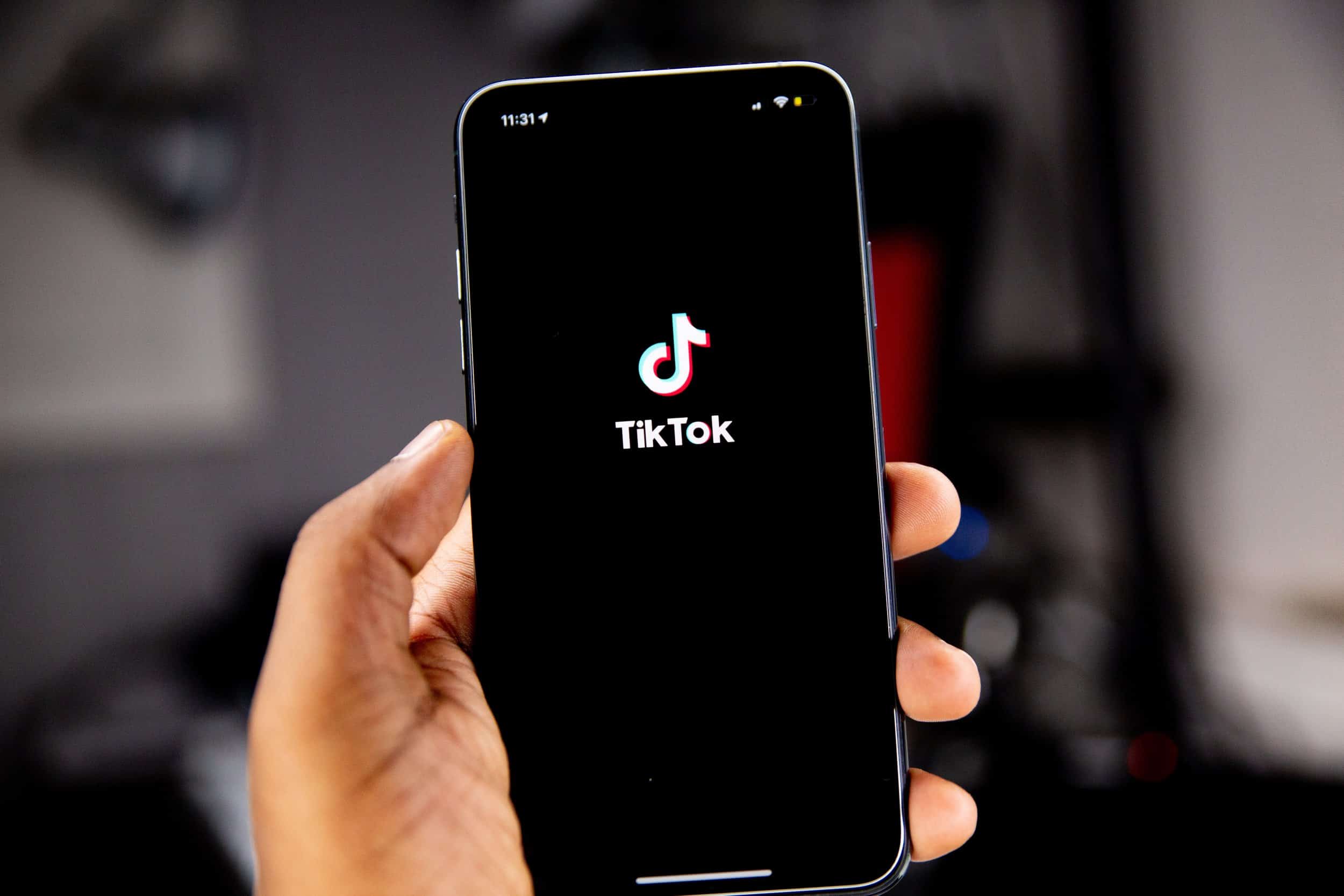Google Analytics 4 and the Cookieless Future

Back in January 2020—a lifetime ago, it seems—Google announced an overhaul that would remove Internet tracking cookies within two years. Ever since marketers have scrambled to plan ahead as the cookie-less digital world quickly approaches. But first: what are cookies, and why should you care? What does this mean for marketers and brands who depend on digital advertising to find customers?
Don’t worry, we’ll explain this and more in a minute.
Earlier this year, Google made it official with the announcement that on July 1, 2023, the company will sunset Universal Analytics, the current version of Google Analytics, a.k.a. the Google platform that tracks and reports website traffic. Google Analytics allows marketers to analyze how visitors engage with their digital properties so we can make strategic decisions to serve audiences better.
In its place, Google has launched a new analytics platform, Google Analytics 4, commonly referred to as GA4. Privacy is at the center of this shift and GA4’s new tracking code and interface address ongoing consumer privacy concerns. Currently, user data is transferred in digital cookies that increasingly contain personal identifiers, in addition to behavioral information, that are shared and leveraged for advertisers to find potential audiences.
Data privacy in a cookieless world
So what are cookies anyway? We’ll skip the chocolate chip joke and instead note that cookies have been around for a long time. Cookies can be grouped into the following categories:
- First-party cookies: Created by the website the user is visiting to create a better experience
- Third-party cookies: Created by domains other than the one a user is visiting through external elements like chatbot, social plugins, or ads on a website; third-party cookies are what makes programmatic advertising possible today
- Session cookies: Created to expire immediately or within seconds of the user leaving the web browser; session cookies are leveraged by e-commerce sites to remember products placed in a shopping cart or to keep users logged in, for example
- Persistent cookies: Created to stay on the user’s browser for a very long time to track a single user and their interaction with a website
- Secure cookies: Created as encrypted data for applications such as the payment page of e-commerce sites to facilitate a safe transaction
Cookies had a good run, but after years of willful data collection by ad tech companies infringing on consumers’ privacy without their knowledge or consent, the world is ready for a change. In fact, 86% of Americans say data privacy is a growing concern for them. The success of Google and Apple is driven by consumer loyalty and trust, so they had to listen to their customers’ concerns and make moves to protect their privacy. The solution is to move away from cookies and increase the need for first-party data.
Given these updates, 85% of brand marketers consider increasing the use of first-party data as a high or critical priority.
Bottom line: The future is consented. It’s modeled. It’s first-party. So that’s what Google is using as its guide for the next generation of its products and solutions.
What is GA4 and why is it needed?
Where UA focuses on sessions and relies on cookies to track user behavior, GA4 puts the focus on the user and is designed to move away from cookie tracking. GA4 (once known as “App + Web”) is a new kind of property, with different reports than what you’re used to seeing in Universal Analytics properties. One advantage of a Google Analytics 4 property is that you can use it for a website, an app, or both a website and app together. GA4 is on track to be more powerful than Universal Analytics and provide more relevant data about why users are on your site and/or app. It allows you to combine the data from multiple data streams into one property and more accurately attribute actions to users across devices.
As previously mentioned, there is a lot of misinformation on the internet about when UA will be phased out. Do not believe the click-bait articles urging users to switch to GA4 now or risk losing all your data. As of October 2020, GA4 is now the default Google Analytics installation, but it is still possible to create new UA properties, and it will likely continue to be an available option through 2023.
So when will I lose my UA data?
Where Universal Analytics focuses on sessions (the time a visitor spends on a site) and relies on cookies to track behavior, GA4 puts the focus on the user and is designed to move away from cookie tracking. GA4 (once known as “App + Web”) is a new platform—not a revamp of UA—with different reports. One thing we like about Google Analytics 4 is its flexibility. It can be installed for a website, for an app, or for both. By combining data from different digital properties, GA4 can provide more comprehensive information on how users are holistically engaging with your content across devices. As such, GA4 is poised to be more powerful than Universal Analytics and provide more relevant data about why users are on your site and app.
For the time being, Google itself recommends parallel tracking, meaning that the best practice is to have both UA and GA4 implementations in place. Why? Conversion tracking implementation (especially for e-commerce) is different from Universal Analytics implementation in that it uses different event names and parameters for tracking. Therefore, it will take some time to map, duplicate and implement tracking events from Universal Analytics to GA4. Additionally, GA4 is still a work in progress, and Google is regularly releasing new features. Although GA4 offers some cool new features, there have been complaints from users about many UA features missing from GA4.
How should companies prepare for the change?
Start GA4 today, but hold on to your Universal Analytics (UA)
It is important to start building data in GA4 as soon as possible. Because data collection is not retroactive, when looking for historical data in your future GA4-enabled world, you won’t be able to look back past the day you create a new GA4 account. Since data will be fresh from the day that GA4 is installed, it won’t allow historical or comparison reporting period over period, so you will need to rely on UA for data as you adapt.
Prioritize first-party data collection
Collecting first-party data is a general best practice. With GA4, the information you own will be essential in understanding your customers and prospects before finding audiences that look like them. Building a first-party data structure is a process that requires discipline and commitment, but having this data in your system will pay off. How to start? Hone in on what is important to better understand and connect with your customers and prospects.
Make adjustments in how you collect and organize data so that you can build better-segmented audiences. For example, in your email sign-up forms, request more than just an email address—include lines for collecting names, zip codes, phone numbers, and more, and give users options about the type of information they would like to receive from your newsletters.
You can also think about email acquisition campaigns, both paid and organic, and incentivize users to sign up by creating offers, discounts, loyalty clubs, free content, collaborative projects, or digital exclusives that you can promote to collect more emails.
Content is still king
Search engine optimization (SEO) strategies won’t change, so stay committed to creating useful, relevant, timely, and audience-focused content. And finally, focus on your community. You don’t need to track individual users if you can entice them to come directly to you and your digital or brick-and-mortar properties. So ramp up your community interaction efforts through public relations opportunities and create relevant and engaging email and social media content. Think first about how to create a strong bond and connection with your existing users and those close to you. This is a sure way to extend your reach.
Ultimately, it’s okay if your organization has not yet made plans for the cookie-less world, because there is still time to adapt! Take a deep breath, develop a plan, and then get started with GA4.
More Blog Posts

In the digital era, one symbol has risen to become a ubiquitous thread connecting social media platforms, marketing campaigns, and...

Despite the recent introduction of legislation to ban the use of TikTok in the US, when it comes to social...

One thing that always comes up in a CKP meeting: food. Do we have a shared recipe doc for swapping...

When you hire a graphic designer to build social media assets or engage an agency to rework your branding, it...

